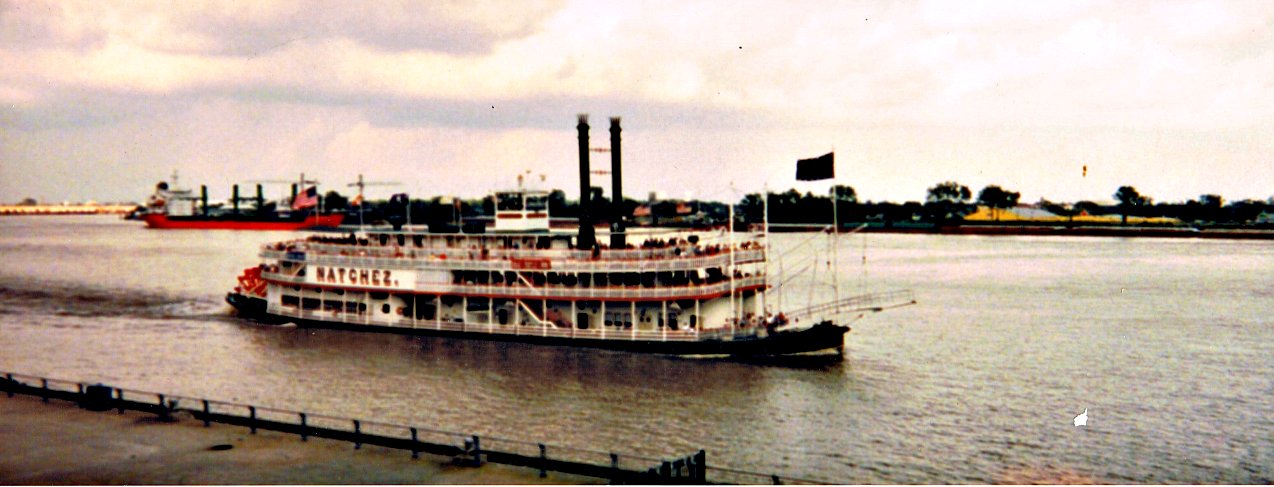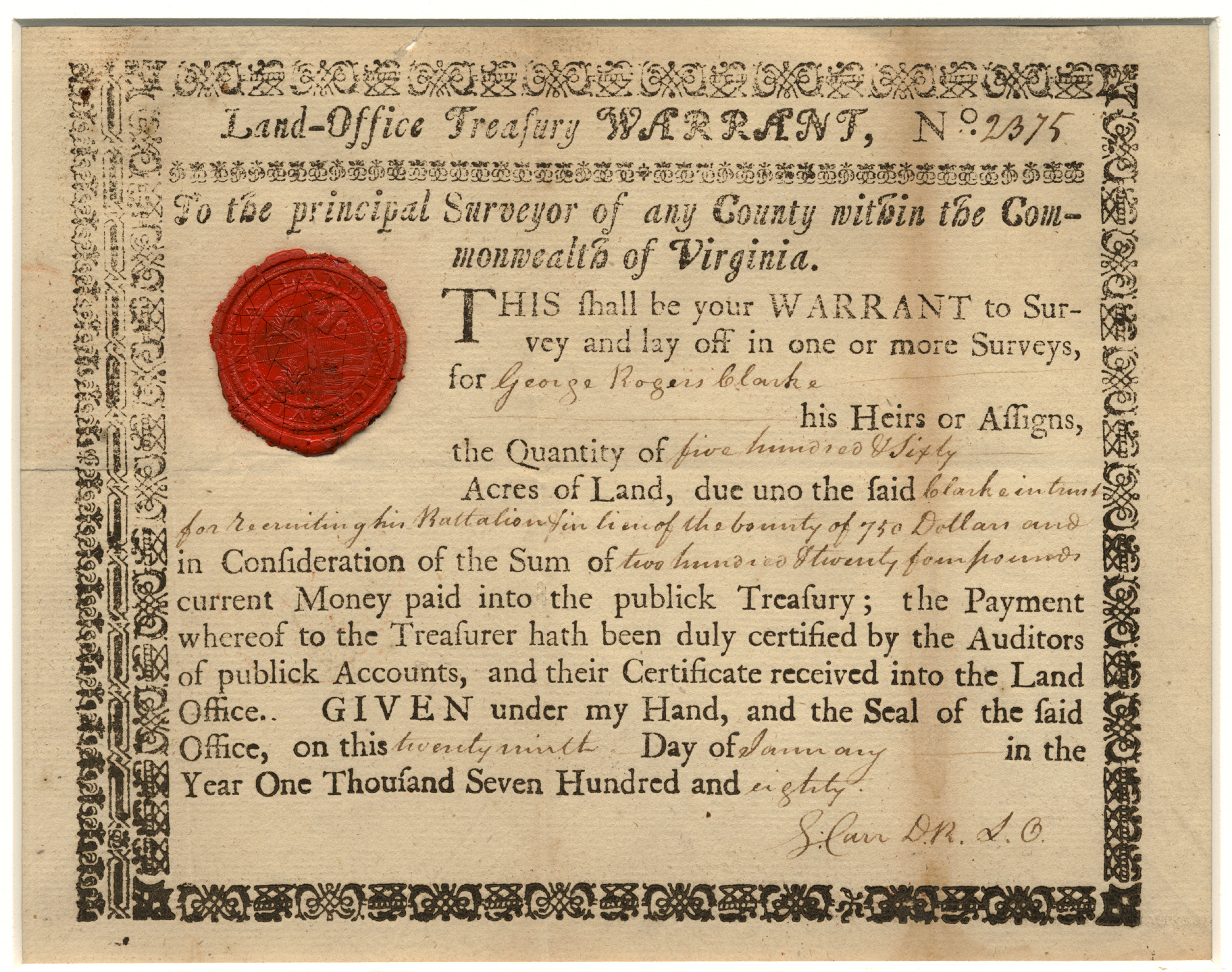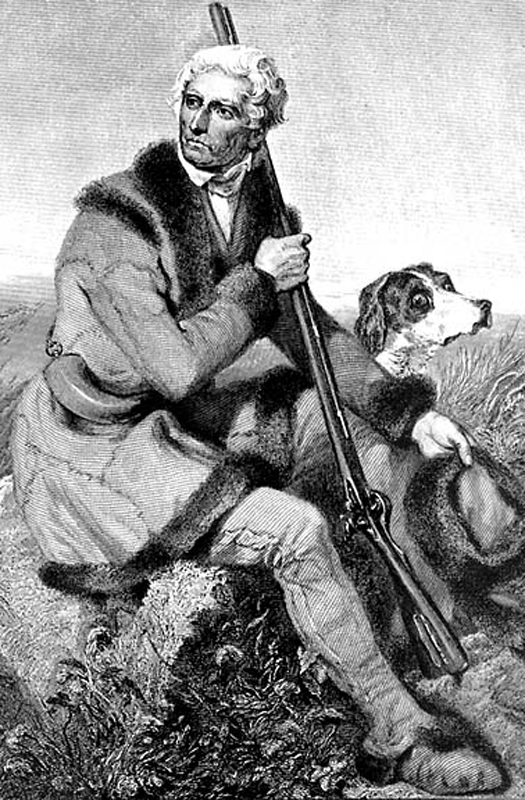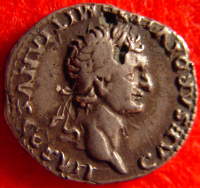|
John Duff (counterfeiter)
John Duff, born John McElduff, or John Michael McElduff, because early court records referred to him as John Michael Duff (September 1759 or August 1760 – June 4, 1799 or 1805), was a counterfeiter, criminal gang leader, horse thief, cattle thief, hog thief, salt maker, longhunter, scout, and soldier who assisted in George Rogers Clark's campaign to capture the Illinois country for the American rebel side during the Revolutionary War. Early life and family history John Michael McElduff was born sometime between September 1759 and August 1760 in the British Province of South Carolina, according to his court testimony in August 1781, where he claimed to be 21 years old. John's father may have been the Thomas McElduff murdered by Philip McElduff, a brother, of Thomas, some time prior to November 1761. His mother later remarried, and his stepfather moved the family to the Natchez District, Mississippi region of the colony of British West Florida, on the Mississippi River ... [...More Info...] [...Related Items...] OR: [Wikipedia] [Google] [Baidu] |
Province Of South Carolina
Province of South Carolina, originally known as Clarendon Province, was a province of Great Britain that existed in North America from 1712 to 1776. It was one of the five Southern colonies and one of the thirteen American colonies. The monarch of Great Britain was represented by the Governor of South Carolina, until the colonies declared independence on July 4, 1776. Etymology "Carolina" is taken from the Latin word for "Charles" ( Carolus), honoring King Charles II, and was first named in the 1663 Royal Charter granting to Edward, Earl of Clarendon; George, Duke of Albemarle; William, Lord Craven; John, Lord Berkeley; Anthony, Lord Ashley; Sir George Carteret, Sir William Berkeley, and Sir John Colleton the right to settle lands in the present-day U.S. states of North Carolina, Tennessee, South Carolina, Georgia, Alabama, Mississippi, and Florida. History Charles Town was the first settlement, established in 1670. King Charles II had given the land to a gr ... [...More Info...] [...Related Items...] OR: [Wikipedia] [Google] [Baidu] |
Siege Of Fort Vincennes
The siege of Fort Vincennes, also known as the siege of Fort Sackville and the Battle of Vincennes, was a Revolutionary War frontier battle fought in present-day Vincennes, Indiana won by a militia led by American commander George Rogers Clark over a British garrison led by Lieutenant Governor Henry Hamilton. Roughly half of Clark's militia were Canadien volunteers sympathetic to the American cause. After a daring wintertime march, the small American force was able to force the British to surrender the fort and in a larger frame the Illinois territory. Prelude On January 29, 1779 Francis Vigo, an Italian fur trader, came to Kaskaskia to inform Clark about Hamilton's reoccupation of Vincennes. Clark decided that he needed to launch a surprise winter attack on Vincennes before Hamilton could recapture the Illinois country in the spring. He wrote to Governor Henry: Expedition On February 5, 1779, Clark set out for Vincennes with Captain Bowman, his second-in-command, and 170 me ... [...More Info...] [...Related Items...] OR: [Wikipedia] [Google] [Baidu] |
British West Florida
British West Florida was a colony of the Kingdom of Great Britain from 1763 until 1783, when it was ceded to Spain as part of the Peace of Paris. British West Florida comprised parts of the modern U.S. states of Louisiana, Mississippi, Alabama and Florida. Effective British control ended in 1781 when Spain captured Pensacola. The territory subsequently became a colony of Spain, parts of which were gradually annexed piecemeal by the United States beginning in 1810. Creation In 1762, during the Seven Years' War, a British expedition attacked and occupied Havana, the capital of Cuba. To secure the return of this valuable city, Spain agreed to cede its territory of '' La Florida'' to the victorious Great Britain under the 1763 Treaty of Paris. France ceded a large segment of New France to Great Britain, including its territory east of the Mississippi River except for the city of New Orleans. The British divided this southern region of the North American continent into two ... [...More Info...] [...Related Items...] OR: [Wikipedia] [Google] [Baidu] |
Mississippi
Mississippi () is a state in the Southeastern region of the United States, bordered to the north by Tennessee; to the east by Alabama; to the south by the Gulf of Mexico; to the southwest by Louisiana; and to the northwest by Arkansas. Mississippi's western boundary is largely defined by the Mississippi River. Mississippi is the 32nd largest and 35th-most populous of the 50 U.S. states and has the lowest per-capita income in the United States. Jackson is both the state's capital and largest city. Greater Jackson is the state's most populous metropolitan area, with a population of 591,978 in 2020. On December 10, 1817, Mississippi became the 20th state admitted to the Union. By 1860, Mississippi was the nation's top cotton-producing state and slaves accounted for 55% of the state population. Mississippi declared its secession from the Union on January 9, 1861, and was one of the seven original Confederate States, which constituted the largest slaveholding states in t ... [...More Info...] [...Related Items...] OR: [Wikipedia] [Google] [Baidu] |
Natchez, Mississippi
Natchez ( ) is the county seat of and only city in Adams County, Mississippi, United States. Natchez has a total population of 14,520 (as of the 2020 census). Located on the Mississippi River across from Vidalia in Concordia Parish, Louisiana, Natchez was a prominent city in the antebellum years, a center of cotton planters and Mississippi River trade. Natchez is some southwest of Jackson, the capital of Mississippi, which is located near the center of the state. It is approximately north of Baton Rouge, Louisiana, located on the lower Mississippi River. Natchez is the 25th-largest city in the state. The city was named for the Natchez tribe of Native Americans, who with their ancestors, inhabited much of the area from the 8th century AD through the French colonial period. History Established by French colonists in 1716, Natchez is one of the oldest and most important European settlements in the lower Mississippi River Valley. After the French lost the French and India ... [...More Info...] [...Related Items...] OR: [Wikipedia] [Google] [Baidu] |
Patriot (American Revolution)
Patriots, also known as Revolutionaries, Continentals, Rebels, or American Whigs, were the colonists of the Thirteen Colonies who rejected British rule during the American Revolution, and declared the United States of America an independent nation in July 1776. Their decision was based on the political philosophy of republicanism—as expressed by such spokesmen as Thomas Jefferson, John Adams, and Thomas Paine. They were opposed by the Loyalists, who supported continued British rule. Patriots represented the spectrum of social, economic, and ethnic backgrounds. They included lawyers such as John Adams, students such as Alexander Hamilton, planters such as Thomas Jefferson and George Mason, merchants such as Alexander McDougall and John Hancock, and farmers such as Daniel Shays and Joseph Plumb Martin. They also included slaves and freemen such as Crispus Attucks, one of the first casualties of the American Revolution; James Armistead Lafayette, who served as a double agent ... [...More Info...] [...Related Items...] OR: [Wikipedia] [Google] [Baidu] |
Illinois Country
The Illinois Country (french: Pays des Illinois ; , i.e. the Illinois people)—sometimes referred to as Upper Louisiana (french: Haute-Louisiane ; es, Alta Luisiana)—was a vast region of New France claimed in the 1600s in what is now the Midwestern United States. While these names generally referred to the entire Upper Mississippi River watershed, French colonial settlement was concentrated along the Mississippi and Illinois Rivers in what is now the U.S. states of Illinois and Missouri, with outposts in Indiana. Explored in 1673 from Green Bay to the Arkansas River by the ''Canadien'' expedition of Louis Jolliet and Jacques Marquette, the area was claimed by France. It was settled primarily from the ''Pays d'en Haut'' in the context of the fur trade, and in the establishment of missions by French Catholic religious orders. Over time, the fur trade took some French to the far reaches of the Rocky Mountains, especially along the branches of the broad Missouri River ... [...More Info...] [...Related Items...] OR: [Wikipedia] [Google] [Baidu] |
Illinois Campaign
The Illinois campaign, also known as Clark's Northwestern campaign (1778–1779), was a series of events during the American Revolutionary War in which a small force of Virginia militiamen, led by George Rogers Clark, seized control of several British posts in the Illinois Country of the Province of Quebec, in what are now Illinois and Indiana in the Midwestern United States. The campaign is the best-known action of the western theater of the war and the source of Clark's reputation as an early American military hero. In July 1778, Clark and his men crossed the Ohio River from Kentucky and took control of Kaskaskia, Vincennes, and several other villages in British territory. The occupation was accomplished without firing a shot because many of the Canadien and Native American inhabitants in the region were unwilling to resist the Patriots. To counter Clark's advance, Henry Hamilton, the British lieutenant governor at Fort Detroit, reoccupied Vincennes with a small force. In F ... [...More Info...] [...Related Items...] OR: [Wikipedia] [Google] [Baidu] |
George Rogers Clark
George Rogers Clark (November 19, 1752 – February 13, 1818) was an American surveyor, soldier, and militia officer from Virginia who became the highest-ranking American patriot military officer on the northwestern frontier during the American Revolutionary War. He served as leader of the militia in Kentucky (then part of Virginia) throughout much of the war. He is best known for his captures of Kaskaskia (1778) and Vincennes (1779) during the Illinois Campaign, which greatly weakened British influence in the Northwest Territory. The British ceded the entire Northwest Territory to the United States in the 1783 Treaty of Paris, and Clark has often been hailed as the "Conqueror of the Old Northwest". Clark's major military achievements occurred before his thirtieth birthday. Afterward, he led militia in the opening engagements of the Northwest Indian War, but was accused of being drunk on duty. He was disgraced and forced to resign, despite his demand for a formal investiga ... [...More Info...] [...Related Items...] OR: [Wikipedia] [Google] [Baidu] |
Longhunter
A longhunter (or long hunter) was an 18th-century explorer and hunter who made expeditions into the American frontier for as much as six months at a time. Historian Emory Hamilton says that "The Long Hunter was peculiar to Southwest Virginia only, and nowhere else on any frontier did such hunts ever originate."Emory L. Hamilton. ''Historical Sketches of Southwest Virginia 5: The Long Hunters'' (Wise, VA: Historical Society of Southwest Virginia, March 1970) The term, however, has been used loosely to describe any unofficial European-American explorer of the period. Most long hunts started in the Holston River Valley near Chilhowie, Virginia. The hunters came from there and the adjacent valley of the Clinch River, where they were land owners or residents. The parties of two or three men (and rarely more) usually started their hunts in October and ended toward the end of March or early in April, going west into the territory of present-day Kentucky and Tennessee. This was part of t ... [...More Info...] [...Related Items...] OR: [Wikipedia] [Google] [Baidu] |
Coin Counterfeiting
Coin counterfeiting of valuable antique coins is common; modern high-value coins are also counterfeited and circulated.Coin Counterfeiting Counterfeit Coins (2007-26-09) Counterfeit antique coins are generally made to a very high standard so that they can deceive experts. This is not easy and many coins still stand out. History Counterfeits of higher-value coins in circulation, designed for general circulation at face value, have been made by criminals for thousands of years.Circulating coins For modern coins in general circulation, the most common method of protection from forgeries is the use of made of two |











